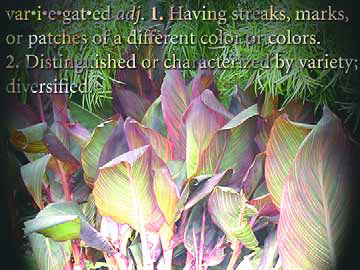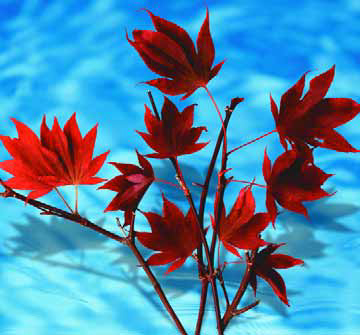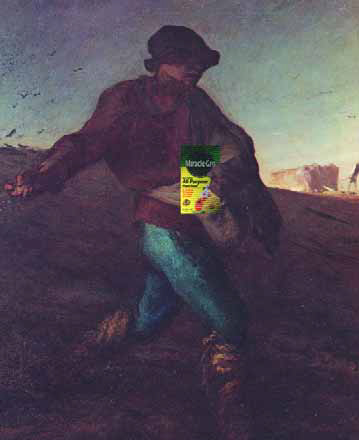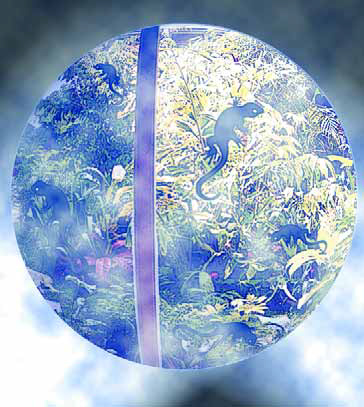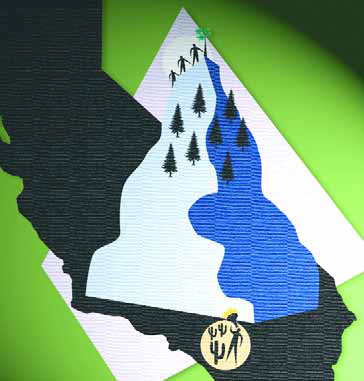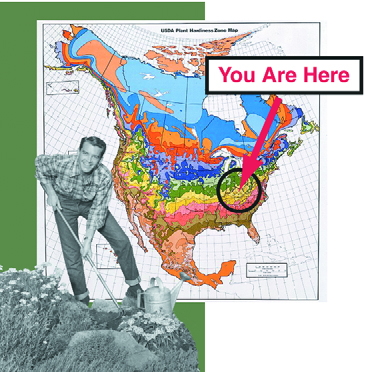Natural Companions
Out of all the varieties I mentioned in last month's discussion of maples, my favorite was (and still is) the variegated maple. Beyond the simply spectacular nature of that particular tree, what I love most about them is their variegated leaves. This is clearly a personal preference. In fact, I've come across many clients and friends who have a specific disdain for variegated
If I could point to one plant that will consistently stand out in just about any garden, it would have to be the maple. Virtually no Asian-style garden would be complete without one, and they fit beautifully into gardens of many other styles as well. I particularly like pairing maples with watershapes because of their tendency to soften the edges of typical hardscapes and the way they are reflected by the water. When placed well, a specimen or single maple can indeed be a key
Last month, we covered a side-yard project that fulfilled one family's dream of gaining a kitchen garden. This functional design worked well for what had basically been a small, unused space - but it's by no means the only use for such spaces. Small spaces can lend themselves to a number of different possibilities. Discussing the clients' lifestyle or wish list might uncover something they really want or can identify ideas they haven't yet considered as possible uses for the space. Case in point: I had a client who wanted to create three
Whenever I receive a call for an initial meeting about a potential project, I always envision - before the client ever opens his or her mouth - that I will be adorning a multi-acre estate with a classic garden that will someday be written about in books and examined by landscape students throughout the world for generations to come. Doubtless, this call will be about the project that will bring me both fame and fortune! Now back to reality. Although there are plenty of large-scale landscape projects to be had, the smaller projects are much more plentiful. And they are often, as I have found,
Let's continue the examination of soils we began last time, shifting our focus this time to fertilizers and the ways they can be used to tailor soil to the specific needs of the plants you and/or your clients have chosen. Fertilizing is important, because placing a plant in the ground and providing it with ample sunlight and adequate water in the proper location is only part of the battle. True, plants may thrive under those ambient conditions, but treat them to even minimal amounts of fertilizer and those same plants will show their gratitude with a beautiful display of foliage, blooms, fruit and other wonderful things. Fertilizers provide nutrients for plants that the soil and water alone cannot supply, and they come in hundreds of variations designed to
We all know how much watershapes add to the beauty of any setting, but I suspect we also tend to take for granted the integral role water plays in sustaining those environments. It's obvious that no landscape would survive long without a steady infusion of water to nurture its plants. Less obvious, however, are ways in which water can be used to make some places more hospitable to other life forms that inhabit them. This isn't really new. As has been noted in several articles published in WaterShapes, water has been used in arid climates for centuries as a prime source of "air conditioning" for
It's pretty obvious that designing projects outside your familiar climate zone takes some ingenuity and resourcefulness. That's something I could have told you before I tackled a project near Lake Arrowhead in Southern California's mountains - a world away from my usual work in the hot, arid San Fernando Valley or on Los Angeles' temperate west side. What the experience drove home for me, however, is the importance when you're working away from your home base of finding people in that "alien" zone who know what they're doing and are willing to
It's not often that we're asked to stretch ourselves. This past year, however, I was presented with that opportunity in landscaping a site that was quite different from the usual residential lots I encounter in Southern California. Through all my years in business, I've become accustomed to working in a climate that supports year-round planting, year-round foliage and year-round lush views. In this case, I received a call to design a garden in the mountains above Southern California - and I jumped at the chance to
Most people who know me will tell you just how independent I am. Some, in fact, will say that I'm too independent for my own good. When it comes to business, however, I know that being a soloist carries me only so far: Rather, it's the relationships I've established and maintained within the business community that have taken me beyond the independent realm and helped me achieve the success I was looking for when I started my business. As a designer, I work
We're all familiar with the climatic differences we experience in areas that get lots of snow as opposed to places that seldom (if ever) experience freezing conditions. These not-so-subtle climate distinctions mean a lot to us as human beings - and have even more meaning in the world of plants and landscaping. That's why almost every one of my columns about plant selection has contained a disclaimer about checking with your local nursery to see if a particular plant will grow in your area. That's also why the experts have developed a variety of










